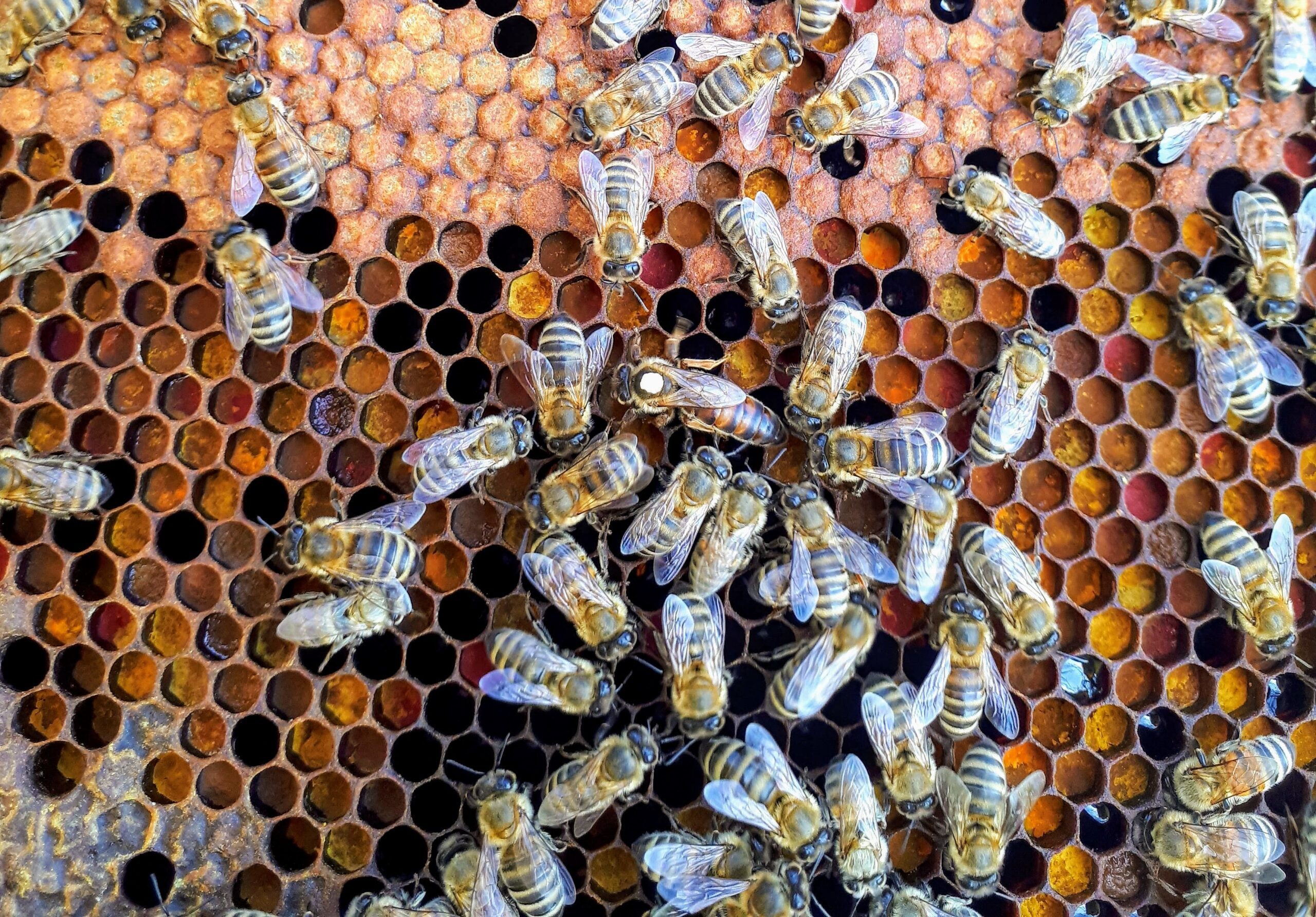Opteran Technologies is creating a buzz with new artificial intelligence (AI) technology inspired by the brain of a honeybee. The United Kingdom-based company is basing the recent research on the idea that a major problem with current AI research is that it is rarely grounded in biological research. The bee is a perfect starting point. While humans have more than 86 billion neurons, bees only have 1 million but can do many things our current robot, car, and drone technology cannot. Bees can even solve math problems that puzzle computers for days.
“If you’re going to start building a model of any brain on the planet, why on earth would you start with the most complicated one,” asked James Marshall, Opteran mastermind. “[Bees are] consummate visual navigators, adept at long-distance navigation, with very sophisticated learning abilities. They’re much more than the simple kind of reactive automata that people often think insects are. Individually, they’re very clever.”
“Despite their tiny brains, bees are capable of extraordinary feats of behavior,” added Nigel Raine, a professor at Royal Holloway’s School of Biological Sciences.
Using a basic See-Sense-Direct-Decide bee thought methodology, Opteran has created a computer-chip-based system that can communicate complex information.
Since laboratory research indicates that bees can understand cause and effect, using their neuron processes could provide a more direct, cost-effective, and fruitful AI product.
So far, the company has experimented with the chip on several autonomously-controlled systems, including robots and self-balancing bicycles.
The company hopes this process will upgrade most of AI’s current simultaneous localization and mapping (SLAM) task methodology. SLAM is not always efficient and requires high-level, precision software to work. Most tellingly, SLAM technology requires as many as 250 megabytes per meter mapped to work. Opteran’s technology, on the other hand, can find a similar solution using just one kilobyte of memory.
This kind of high-performance AI has several additional benefits. First, its simplicity means it is unlikely to require user training to operate. Second, it is expected to deliver consistently predictable and safe performances.
Opteran believes that the future of AI is already flying around the globe, working hard to pollinate orchards, swarm, and build new colonies. The company believes that by better understanding bee neurons, they can create similarly autonomous machines that move around the Earth to clean, service, and complete task-based work that will no longer require humans.
Bees are already one step ahead of humans: they always travel the most energy-efficient, direct route. Because of that, any AI that deploys bee-brain tech is likely to be extraordinarily environmentally and economically friendly.





